Lian-Li Reveals PC-V3000: Full-Tower Aluminum Chassis
by Joe Shields on August 26, 2017 12:00 PM EST- Posted in
- Cases/Cooling/PSUs
- Lian Li
- Water Cooling
- E-ATX
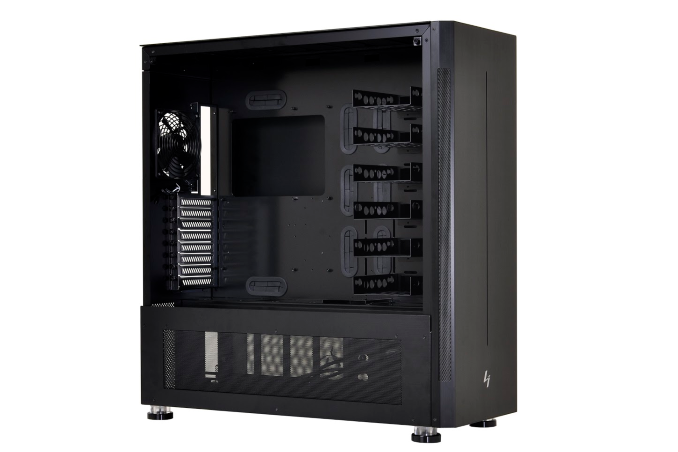
Lian-Li has been rather busy over the past couple of months announcing and releasing new or updated computer chassis. Cases like the diminutive Mini-ITX tower in the PC-Q39, the PC-T70 open air test bench, PC-01 Mid-Tower, all the way up to their Motorized Adjustable PC Desk in the DK-05, have been made public over that time. Continuing not to rest on their laurels, Lian-Li announced their latest product in the full-tower PC-V3000.
First spotted in late 2016, the PC-V3000 is a continuation of their flagship line of full-tower PC cases, with the goal of “being the ultimate Aluminum and tempered glass full-tower PC.” Internally, the case is constructed of high-quality steel that's said to improve the case's structural rigidity, durability, and acoustic performance. The external panels are made of Lian-Li's signature brushed aluminum and use their rivet locking mechanism for easy removal or installation. The angled sides of the front fascia are where air comes into the top two compartments. The tempered glass panel is on the left side of the case allowing owners to show off the hardware inside in the first chamber.
The full-tower chassis was designed for "massive liquid cooling radiators" and is Lian-Li’s first case capable of holding four radiators. A 480mm radiator can fit at the bottom of the case, while the top is able to house up to a 420mm radiator. The front panel supports up to either a 360 or 280mm radiator, with a final 120mm radiator at the rear. There is quite a bit of cooling power available if users stuff this case full of radiators.
Inside the case, all nine 3.5” drive bays are removable, with six in the main chamber, and three in the bottom chamber. Two additional 2.5” drives can be mounted on the rear of the motherboard tray, for a total of ten 2.5” (when only 2.5” are used). Those mount positions can be used for “flexible mounting” of up to four pump/reservoir mounts. Lian-Li also includes two individual supports to prevent GPU bending on long and heavy cards. The case supports ATX PSUs up to 300mm long, GPUs up to 170mm tall and 360mm long, and CPU coolers can be up to 170mm in height as well. Pretty spacious, but always check the specifications for compatibility.
The case integrates subtle RGB lighting with an included front panel LED strip running vertically in the brushed aluminum panel (the line you see above the Lian-Li symbol). There are dials to control them hidden behind the front panel. The I/O panel, located on the top, has a single USB 3.1 Type-C connector, two USB3.0 ports, and an HDMI port (good for VR systems). Additionally, there are front panel audio jacks for a microphone and headphones rounding out I/O connectivity.
Below is listed the full specifications from the Lian-Li website:
| Lian-Li PC-V3000 Full-Tower Chassis | |
| Model | PC-V3000 |
| Case Type | Full Tower Chassis |
| Dimensions | (W)245mm x(H)625mm x(D)605mm |
| Color | Black |
| Front/Side Panel | Aluminum / (L) Tempered Glass, (R) Aluminum |
| Body Material | SECC |
| Net Weight | 12kg |
| External Drive Bays | None |
| HDD/SSD Bays | 9x 3.5" or 10x 2.5" |
| Expansion Slots | 8 |
| Motherboard Type | E-ATX |
| System Fan (Optional) | 3x 120mm(front), 1x 120mm (rear) (4x 120mm or 3x 140mm (top and bottom) |
| I/O Ports | 2x USB3.0, 1x USB3.1 Type-C, HDMI, HD Audio |
| VGA Card Support | (L)360mm x (D)170mm |
| CPU Cooling Support | (H)170mm |
| PSU Support | ATX PSU,(L)300mm |
| Radiator Support | Top: 360mm x 120mm or 420mm x 120mm Front: 360mm x 120mm or 280mm x140mm Bottom: 480mm x120mm or 420mm x140mm |
We can expect to see these on store shelves and websites in the US around the middle of September. The case is priced at $449.99.
Related Reading:


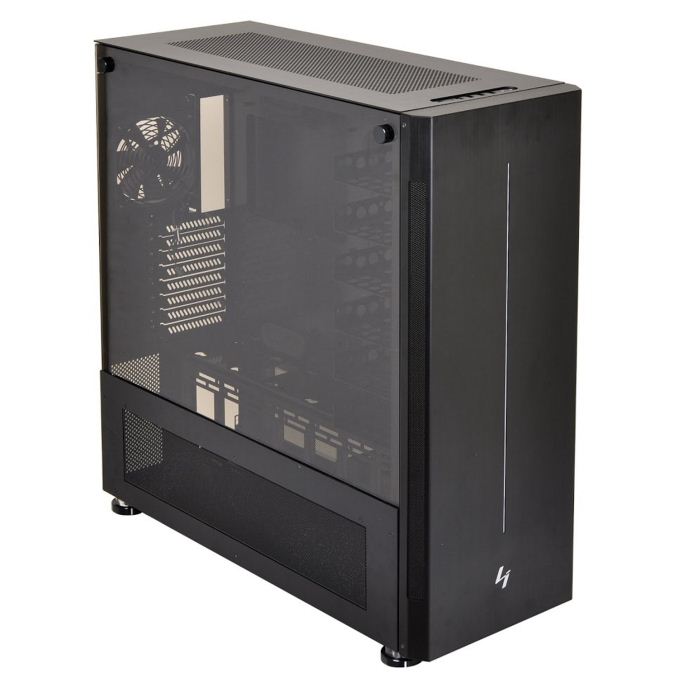

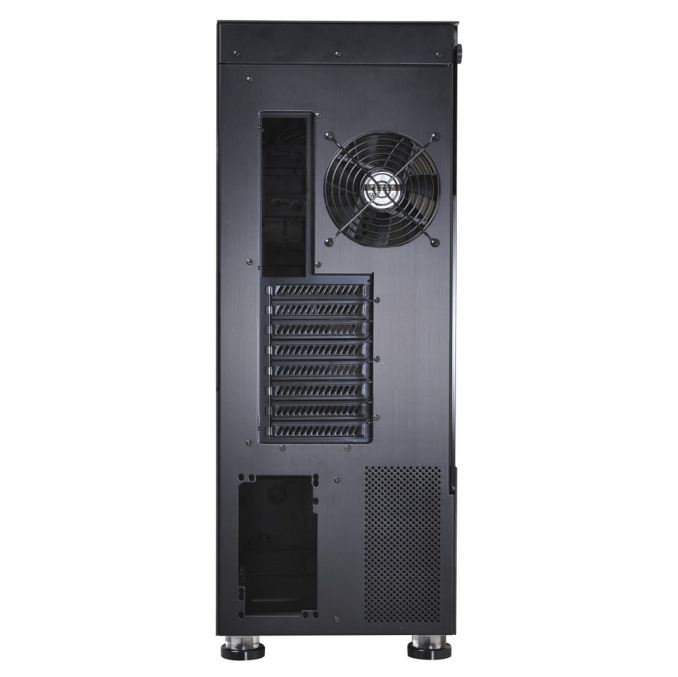
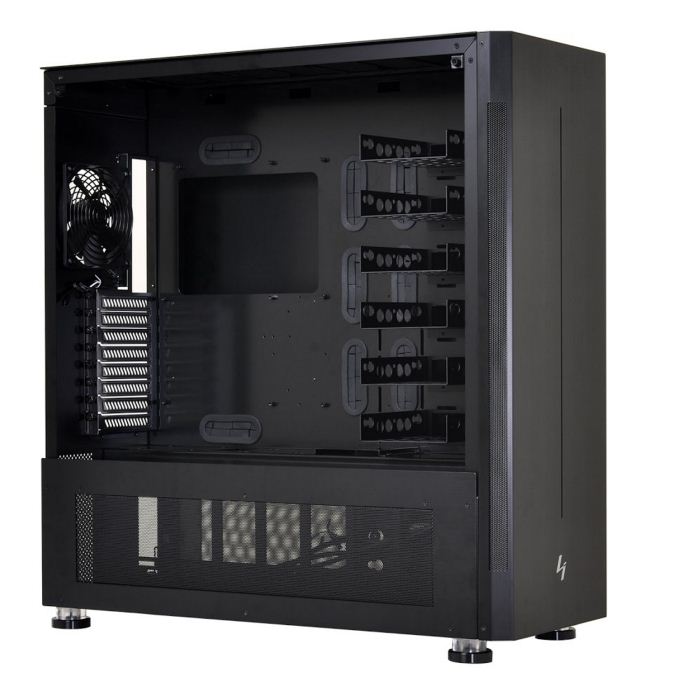
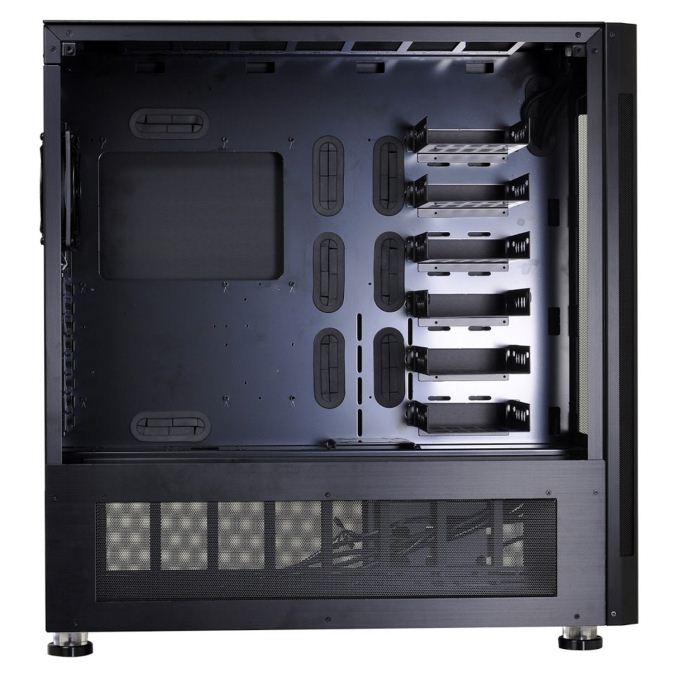
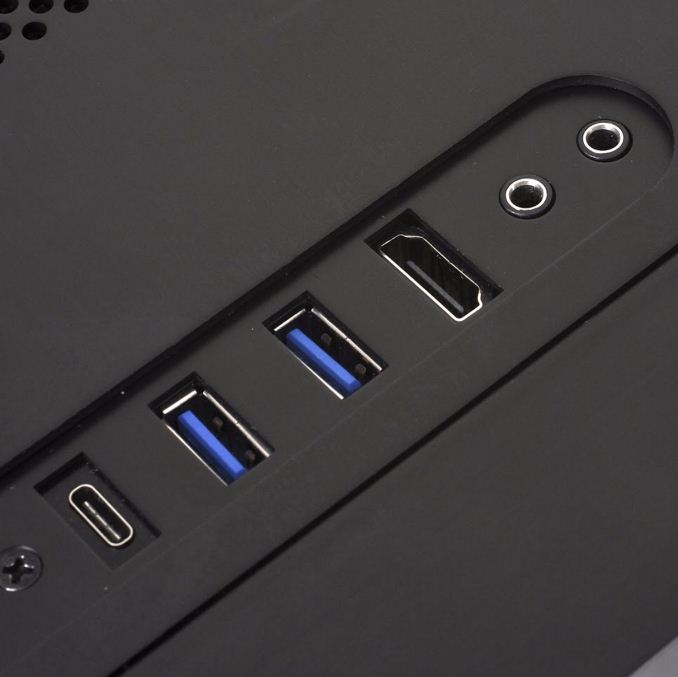














15 Comments
View All Comments
haukionkannel - Saturday, August 26, 2017 - link
Any info if there is Also a version without the class side panel. I find those class windows unaestheticals.maximumGPU - Saturday, August 26, 2017 - link
This looks really nice. Does anyone know how thick is the aluminum used on this? Would suck to pay almost 500 $ and receive flimsy and thin panels. Phanteks for example has 3mm thick aluminum panels on the evolve and it feels fantastic.HomeworldFound - Saturday, August 26, 2017 - link
No, but all of their cases are built like tanks.Ej24 - Saturday, August 26, 2017 - link
Yeah Lian li does not make flimsy cases. At least none of the three I've owned have been flimsy.DanNeely - Saturday, August 26, 2017 - link
Other than the drive bay locations and front panel; this layout looks a lot like Case Labs SMA8 design.http://www.caselabs-store.com/magnum-sma8-customiz...
MadAd - Sunday, August 27, 2017 - link
*groanWhen will the industry finally give up rallying around full towers and commit them to history?
estarkey7 - Sunday, August 27, 2017 - link
There is a place for full towers. I'm building a video editing system, and I need 6 10TB mechanical hard drives, 1 3.5" SSD and 3 M.2 drives, along with 2 or 3 high end graphics cards.There is simply no way to effectively cool all this with a mid tower case!
tonyou - Sunday, August 27, 2017 - link
Actually, a well designed mid tower can cool a video editing setup like that. Still, full towers do have their purpose in the market for other applications.JoeyJoJo123 - Tuesday, August 29, 2017 - link
Have you considered the idea of two systems?In high profile workflows (ie: workplace) this would be accomplished with two systems: 1) a NAS serving data to 2) a server that ingests/renders it.
It's more expensive to do it in this manner, but I'd say it's the better way to go, because you abstract the usage of big data storage and data processing into two different individual systems who don't quite need the other's specs. A NAS doesn't need high thread count, but does need mass data storage. An ingest/transform server doesn't need big local storage, just as long as it can access the data it's ingesting quickly enough (such that the bottleneck is still its own processing speed and not network transfer speeds), then data being fetched from a network drive shouldn't affect it negatively at all.
Really, the only reasonable (IMO) usage for full towers is mounting space for rads longer than 360mm. Everything else usually ends up being a strange system that really tries harder to be more of an all-in-one thing, when separation of different tasks might be a more robust solution.
hlm - Tuesday, August 29, 2017 - link
I agree and going with two systems is not always the best solution. The last build like this for one of my customers had to be a single-system setup. He despised having two systems for this purpose, especially a NAS device. Lian Li makes elegant cases for this type of scenario.